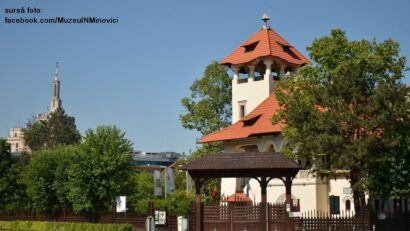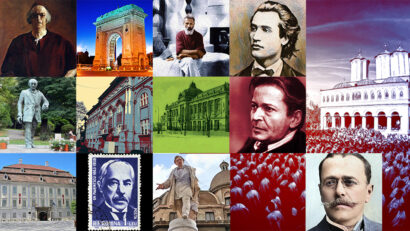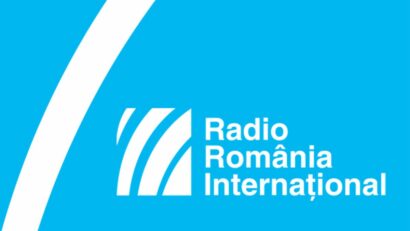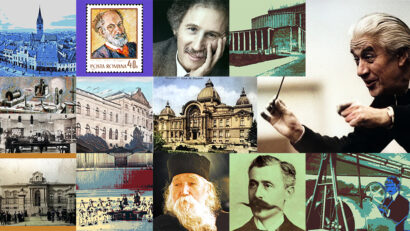Poet Salamon Erno (1912-1943)
Salamon Erno was one of the many Hungarian Jews in Transylvania to meet with a tragic fate in WWII.
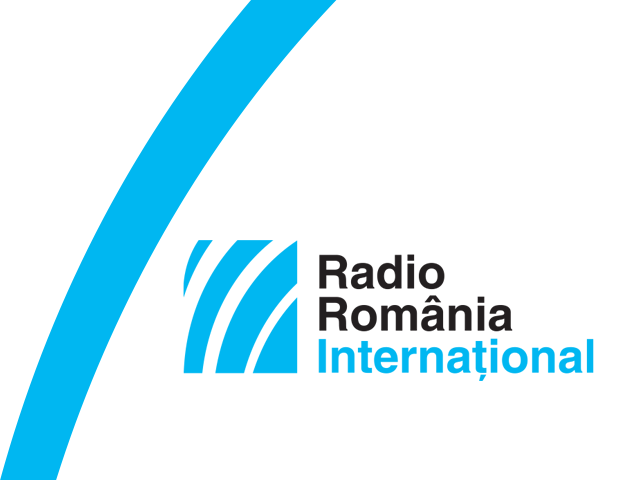
Steliu Lambru, 13.11.2022, 14:00
One of the ethnic minorities that became part of Greater Romania after 1918 was the Hungarian minority. The new Hungarian intellectual elites started voicing their opinions in the newly created political framework. Among them was Salamon Erno, who died at a very young age, 31. He is considered one of the victims of the Holocaust in Northern Transylvania, a territory annexed by Hungary on August 30, 1940.
Salamon Erno was born May 15, 1912 in Gheorgheni, a small town with a majority Hungarian-speaking population, yet with various other minority groups, including Armenians and Jews. His father worked in timber manufacturing plants in the Mureș Valley, and came from a modest family, much like Ernos mother. His father died young, and his mother wanted her son to pursue a career that would earn him a robust income. As a writer, Salamon Erno was inspired by forest workers, ordinary people in general. He was also influenced by Hungarian folk themes and legends from the Szekler Land.
Historian Marius Popescu with the Wilhelm Filderman Centre for Studying the History of Jews in Romania has documented Salamon Ernos short life:
“A recurrent theme in many of his poems is the hardship of people working in timber manufacturing plants. He describes in great detail relations between workers in their living quarters. His poems speak of the brotherly relations binding together these people who had different cultures and spoke different languages, Hungarians, Jews, Romanians and Germans. The poet took part in the Mureș Valley strikes. By this time, he got a complete image of the hard life of workers here, one which he later transposed into poetry”.
To please his mother, Salamon enrolled at the Law School in Cluj, yet he remained devoted to his fellow workers. In 1932 he took part in their strikes. He got arrested and was imprisoned at Miercurea Ciuc. While in prison, he went on hunger strike for 6 days. Upon his release, he moved to Brașov, getting a job at the Foi brașovene Hungarian-language newspaper. He wrote articles about workers strikes and attended trials of communists. Among them was the future dictator of Romania, Nicolae Ceaușescu. Salamon Ernos Hungarian translations of works by Tudor Arghezi and Mihail Sadoveanu into Hungarian got published in Korunk. This magazine shaped the first generation of Hungarian writers from Romania, also helping promote Salamon Erno as a writer.
Erno loved the Hungarian language above all else, says historian Marius Popescu:
“This is how Salamon Erno expressed his attachment to the Hungarian language, which was his mother tongue: it is beautiful, unique, my mother tongue. For this reason, I cannot leave. He who leaves, will stutter and will never sing. These are very beautiful and expressive words and reflect what every one feels about ones own mother tongue.”
Erno married a teacher with left-leaning views just like him. The marriage was successful and she was his muse, appearing in many of his poems. However, Ernos life would soon take an unexpected and tragic course. Historian Marius Popescu explains:
“Salamon Erno moved to Târgu Mureș, where his life will be unfortunately marked by the consequences of the Vienna Diktat of August 1940, with the city now under Horthyst occupation. As a result of the implementation of the racial laws, the poet was sacked from his job, arrested, sent to forced labour and eventually dispatched to the eastern front. Forced labour for Jewish men in Hungary at the time meant they were forced to serve in the army, but in civilian clothes. They did not have the right to carry weapons, only shovels and pickaxes, and had to carry out hard labour in very difficult conditions. They were sent to demining and used as cannon fodder to ensure the safe passage of the Hungarian army.”
Salamon Erno was attached to his Jewish identity although this is not very explicit in his writings. The racial laws and the lists based on which the Horthyst regime took the Jews and deported them to the front or the Nazi extermination camps made him follow his destiny. Marius Popescu:
“Submitted to such interminable marches, a hard life which few men survived, he became increasingly weak. At some point he became ill with epidemic typhus. He could barely walk, but he never parted with his backpack full of books. He was killed by two Italian Fascist soldiers on 27 February 1943 during the withdrawal from the Don river area, in Ukraine.”
The high school built in 1905 in Salamon Ernos home town of Gheorgheni was named after him in 1968 and his bust can be seen today in front of the school. His work, consisting of six collections of poems, adds to his legacy.

